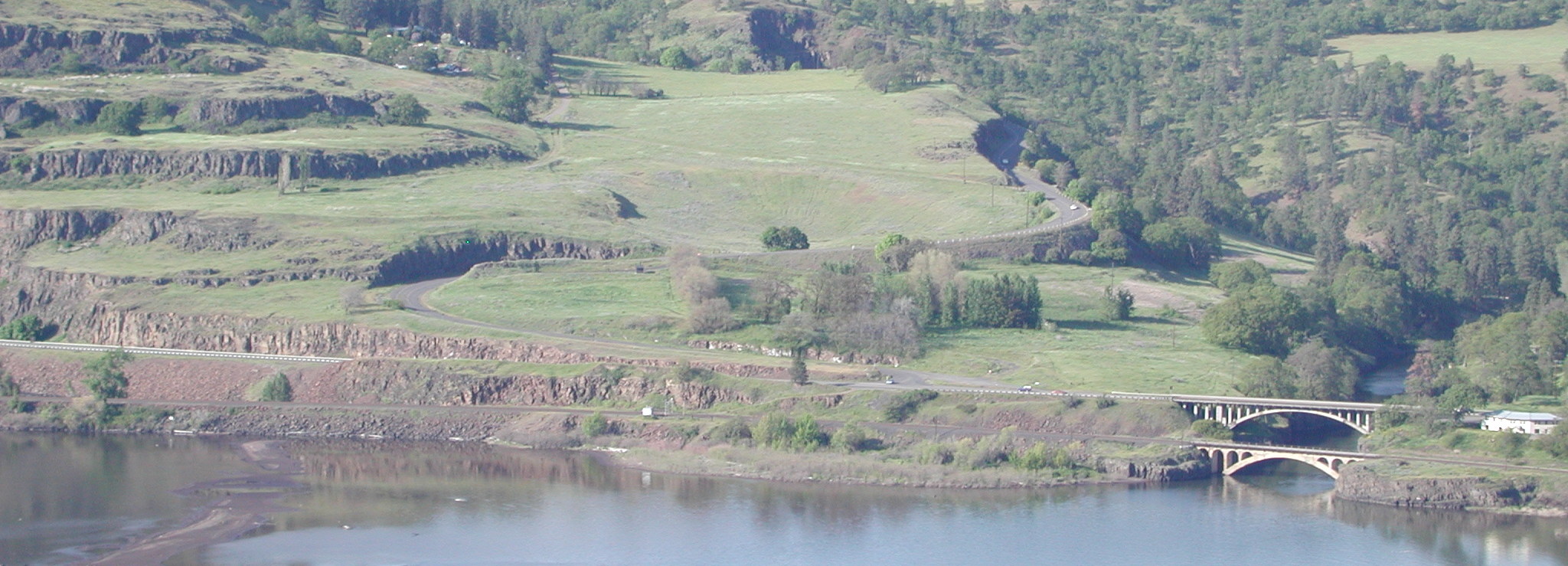Forty years on, it’s important to remember what brought us together as an organization and why we’ve continued to be successful. Friends formed in 1980 when conservationists and visionaries saw the need for federal protection of the Columbia River Gorge and recognized that it would take an organized effort to achieve this herculean task. Regional population growth coupled with freeway expansion, including the new I-205 bridge, meant rural lands in the Gorge would be soon converted to residential and commercial development. Several agencies, including the former Columbia River Gorge Commissions of Oregon and Washington, lacked the authority to provide comprehensive protection to regulate growth in the bi-state Gorge area.

The recognition of the need for comprehensive Gorge protection did not start with the formation of Friends. From time immemorial Native American Tribes have recognized the importance of the Columbia River as a part of their cultures, religions, and economies. In 1915, the Secretary of Interior’s annual report mentioned the “incomparable panorama of the Columbia River Gorge.” In 1937, the Pacific Northwest Regional Planning Commission recognized the “national significance” of the Gorge. Still, ensuing hydropower development destroyed the free-flowing Columbia River and decimated salmon runs. In 1976, the Portland Open Space and Urban Parks Study concluded that the Gorge's unique scenic quality “constitute(s) national significance.”
Then in 1980, the National Parks Service issued a study of alternatives for the protection of the Columbia River Gorge. The study identified several threats to the resource values of the Gorge including industrial development, clearcut logging, residential development, surface mining, and energy development.
Political changes resulting from the 1980 elections and opposition to a National Park Service role in Gorge protection caused Friends and its allies to turn to other legislative models for protecting the Gorge. Friends applied unrelenting pressure to pass strong legislation in the face of an anti-environment administration. It took six years for Congress to pass and President Reagan to sign the National Scenic Area Act into law.
 In the interim, Friends stopped several developments and subdivisions from being approved using existing state laws. Friends founder Nancy Russell and her husband Bruce purchased a subdivision on Cape Horn that Friends was unable to stop through legal appeals and resold it the Forest Service. Land once slated for a nuclear power plant was purchased by The Trust for Public lands and sold to the U.S. Fish and Wildlife Service for the creation of the Steigerwald Lake National Wildlife Refuge.
In the interim, Friends stopped several developments and subdivisions from being approved using existing state laws. Friends founder Nancy Russell and her husband Bruce purchased a subdivision on Cape Horn that Friends was unable to stop through legal appeals and resold it the Forest Service. Land once slated for a nuclear power plant was purchased by The Trust for Public lands and sold to the U.S. Fish and Wildlife Service for the creation of the Steigerwald Lake National Wildlife Refuge.
With the passage of the National Scenic Area Act, industrial development was prohibited outside of urban areas, sprawling subdivisions and commercial development were largely prohibited, large-scale clearcutting on federal forest land was halted, energy development was prohibited, and thousands of acres of land were purchased for resource protection and public enjoyment. In our fortieth year and beyond, Friends will continue to advocate for strong laws to better protect Gorge resources and use the courts to stop illegal development.
So next time you’re enjoying the outstanding natural beauty of the Gorge, reflect for a moment on everything that you don’t see, appreciate how decades of advocacy have protected the Gorge, and consider how much more work there is to do to protect the Gorge for future generations.
Images:
- In the early 1950s, local real estate speculators looked to make fortunes selling Gorge land to industrial developers. (Friends' archive)
- The Starr property with quarry, trailers, buildings,1986, before being restored to a more natural state and becoming Balfour-Klickitat Day Use Area. (Friends' archive)


